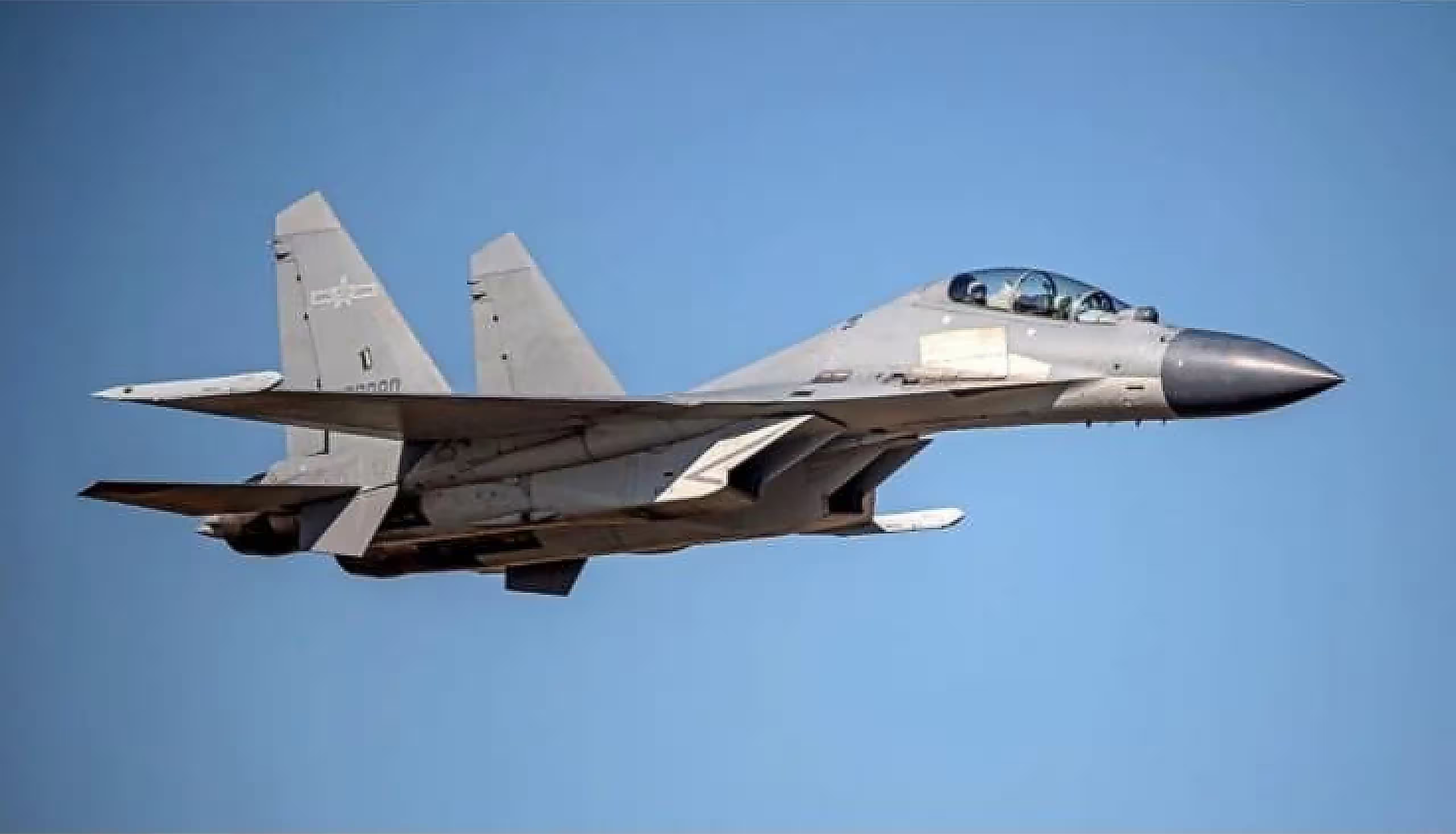Taiwan’s defense ministry reported detecting 153 Chinese military aircraft surrounding its territory during extensive military drills conducted by Beijing. This significant increase in warplane activity included a record number of aircraft observed within a 25-hour period leading up to 6 a.m. Tuesday (22:00 GMT, Monday).
According to the Ministry of National Defense, the surge in Chinese military presence involved fighter jets, drones, warships, and coastguard vessels encircling Taiwan on Monday. In response, Taipei mobilized “appropriate forces” and heightened alert levels on its outlying islands, with 90 of the detected Chinese aircraft entering Taiwan’s air defense identification zone.
China regards Taiwan as part of its territory and has not ruled out the use of force to assert control. The recent drills, named “Joint Sword-2024B,” were described by Beijing as a warning against what it calls “separatist acts.” These exercises followed Taiwan President William Lai Ching-te’s National Day speech, in which he rejected China’s claims and reaffirmed his commitment to resist annexation.
China’s Taiwan affairs office condemned Lai’s remarks, labeling them “fabrications of ‘Taiwan independence’ nonsense.”
Taiwan’s Premier Cho Jung-tai expressed concerns that these military maneuvers pose threats not just to Taiwan, but to regional stability. He emphasized that unannounced drills disrupt peace and could have broader implications for international navigation rights and air and sea space.
Taiwan’s Office of the President urged China to halt its military provocations that undermine regional peace and threaten Taiwan’s democracy. The United States, an ally of Taiwan, voiced its concern over the drills, describing them as “irresponsible, disproportionate, and destabilizing.” Meanwhile, the U.S. and Philippine forces initiated their own joint military exercises in the Philippines, which are located approximately 800 km (500 miles) from Taiwan, focusing on defending the northern coast of Luzon.
Taiwan’s defense ministry reported detecting 153 Chinese military aircraft surrounding its territory during extensive military drills conducted by Beijing. This significant increase in warplane activity included a record number of aircraft observed within a 25-hour period leading up to 6 a.m. Tuesday (22:00 GMT, Monday).
According to the Ministry of National Defense, the surge in Chinese military presence involved fighter jets, drones, warships, and coastguard vessels encircling Taiwan on Monday. In response, Taipei mobilized “appropriate forces” and heightened alert levels on its outlying islands, with 90 of the detected Chinese aircraft entering Taiwan’s air defense identification zone.
China regards Taiwan as part of its territory and has not ruled out the use of force to assert control. The recent drills, named “Joint Sword-2024B,” were described by Beijing as a warning against what it calls “separatist acts.” These exercises followed Taiwan President William Lai Ching-te’s National Day speech, in which he rejected China’s claims and reaffirmed his commitment to resist annexation.
China’s Taiwan affairs office condemned Lai’s remarks, labeling them “fabrications of ‘Taiwan independence’ nonsense.”
Taiwan’s Premier Cho Jung-tai expressed concerns that these military maneuvers pose threats not just to Taiwan, but to regional stability. He emphasized that unannounced drills disrupt peace and could have broader implications for international navigation rights and air and sea space.
Taiwan’s Office of the President urged China to halt its military provocations that undermine regional peace and threaten Taiwan’s democracy. The United States, an ally of Taiwan, voiced its concern over the drills, describing them as “irresponsible, disproportionate, and destabilizing.” Meanwhile, the U.S. and Philippine forces initiated their own joint military exercises in the Philippines, which are located approximately 800 km (500 miles) from Taiwan, focusing on defending the northern coast of Luzon.










